Apple iPhone 17 review: One month with the company’s best 'cheap' phone in years — and the one you should buy
After a month using the regular iPhone alongside the iPhone Air and iPhone 17 Pro models, we’re backing this as our top pick.
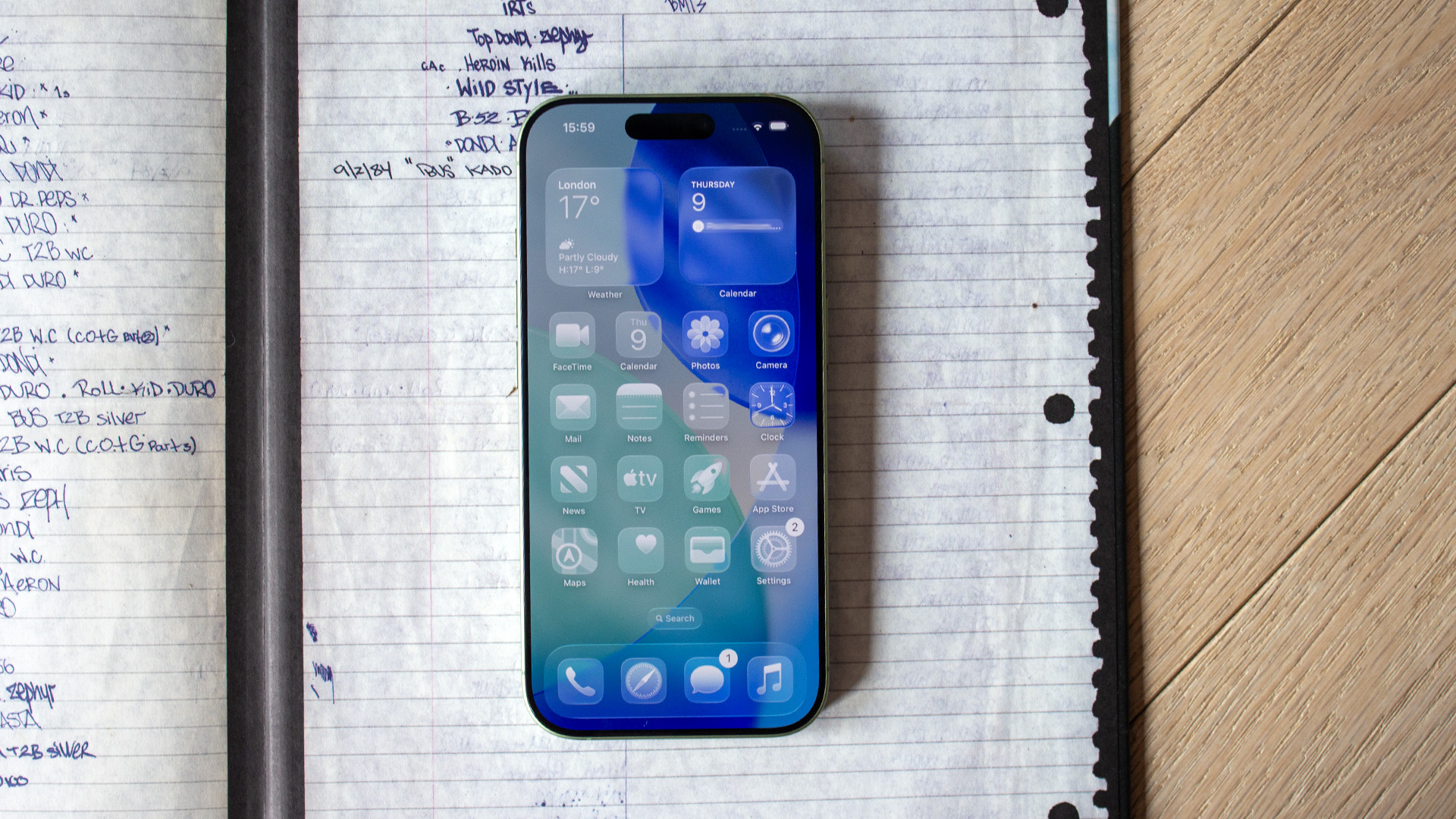

Gerald Lynch
When it comes to Apple’s regular iPhone model, there’s been a sense in recent years that you get what you pay for. It’s always a more-than-solid choice, but in the past, you’ve had to begrudgingly accept that the bells and whistles of the Pro models are going to be absent.
That’s not the case with the latest iPhone 17, though. It is, without question, the best a regular iPhone spec sheet has ever been. From display improvements to camera features and durability enhancements, practically every element that can be on a par with its pricier stablemates is on a par. Sure, the iPhone Air gets the super-slim build, and the iPhone 17 Pro and Pro Max have the flashier cameras and faster chips. But pound-for-literal-monetary-pound, the iPhone 17 is fighting fit.
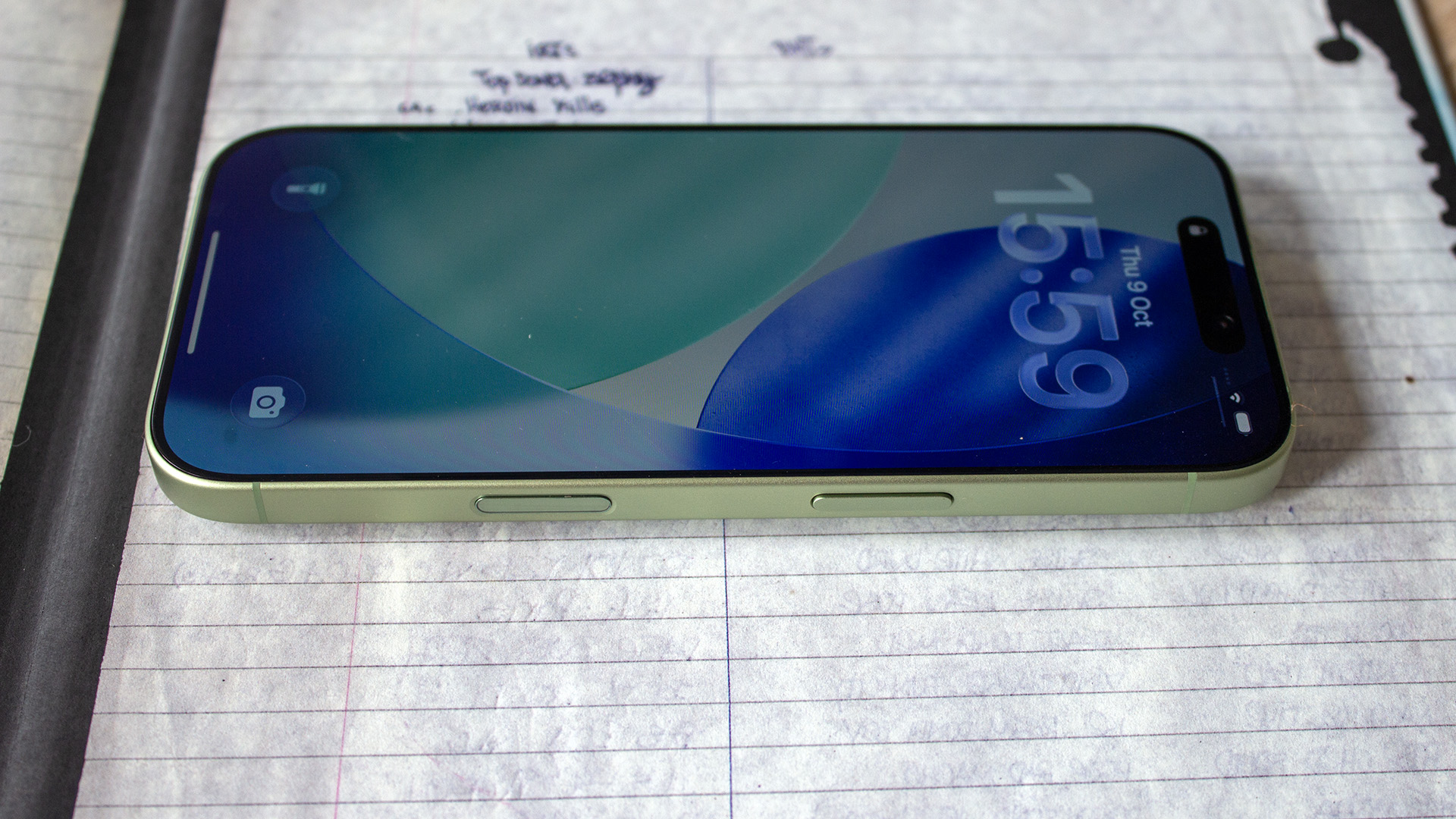
We’ve been reviewing it alongside the iPhone Air and the iPhone 17 Pro models for the last month and let us tell you something for free – it’s absolutely the model most people should pick from the range. Here’s everything you need to know about Apple’s affordable winner.
iPHONE 17: IN SHORT…
- Same Design: Apple hasn’t changed the design of the iPhone 17 compared to the iPhone 16, but there are new colour options and it has a tougher screen.
- Upgraded Performance: The iPhone 17 runs on a new A19 processor, offering speedier performance than the iPhone 16.
- Smooth, always-on display: The regular iPhone 17 gets Apple’s ProMotion technology, supporting up to 120Hz refresh rates and an always-on display too.
- New front camera: The iPhone 17 has a new upgraded front camera with Centre Stage technology, matching the Pro models.
- Pricing and availability: The iPhone 17 starts at £799 / $799. That’s for 256GB of storage, though there is also a 512GB model that costs £999 / $999. It’s on sale and available now.
DESIGN: A FAMILIAR LOOK, BUT BIG CHANGES WHERE IT MATTERS MOST
Of all the new iPhones revealed by Apple, the iPhone 17 is the most familiar — it closely resembles its iPhone 16 counterpart, especially around the rear and edges. While the new iPhone 17 Air and iPhone 17 Pro and Pro Max have a new pill-shaped raised ‘plateau’ on the rear to house cameras and internals, the iPhone 17 keeps the vertically-stacked dual camera lens that you’d have seen last year, along with the Camera Control button and Action Button on the edges.
That’s by no means a bad thing — it’s a good-looking design that’s far more streamlined than the ruggedness of the Pro counterparts this year. The five shades on offer (lavender, mist blue, black, white, and sage) are considerably more muted and subtle than the Pro models too, and overall, the regular iPhone remains an attractive handset and one we really like the look of. It’s lightweight in use too, while its size makes it nice and compact and perfect for using one-handed.
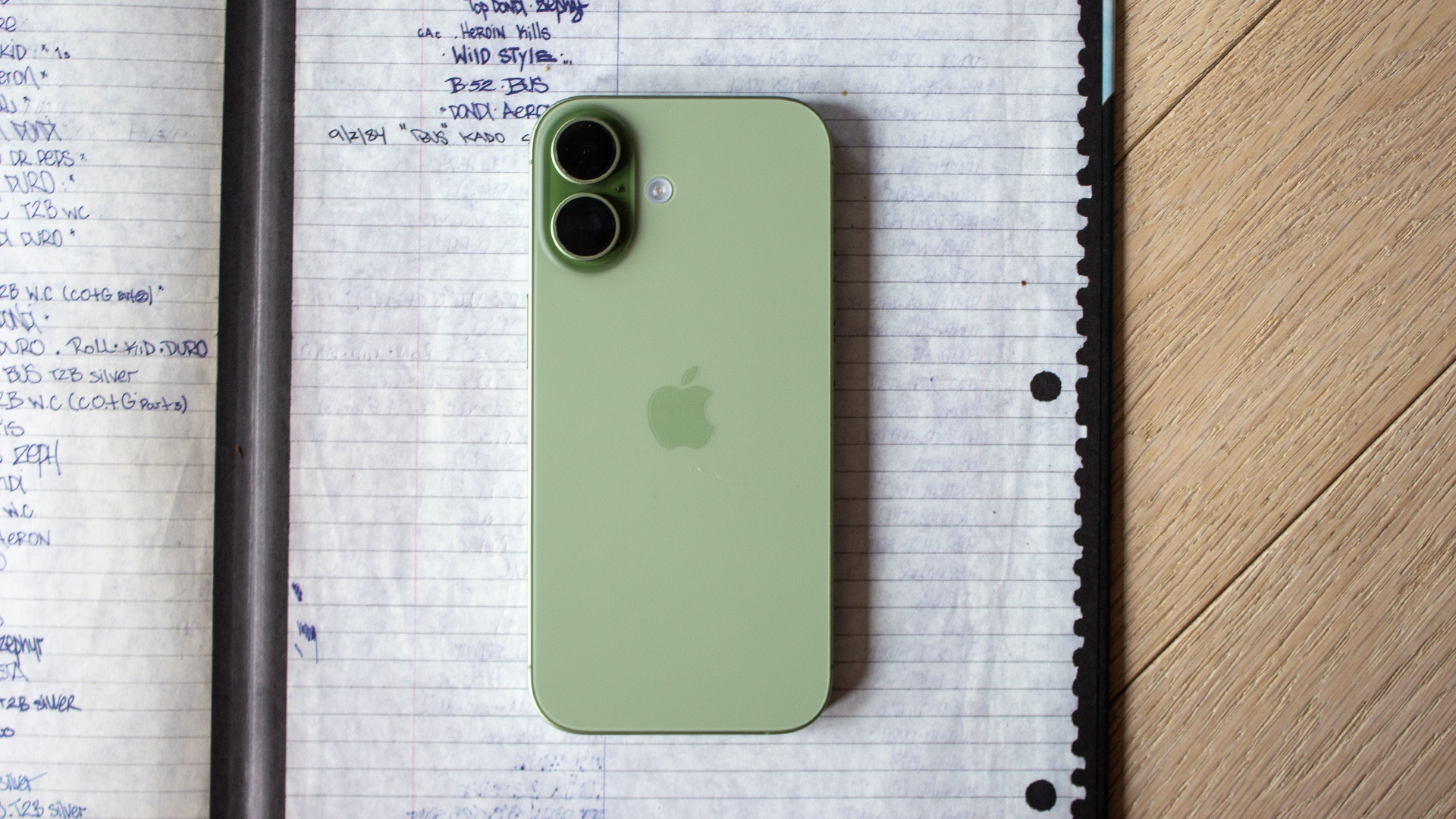
The big change this year though — and the one most requested for those regularly picking up the standard iPhone each generation — comes with the display. For the first time in a regular ol’ iPhone, Apple has put an always-on ProMotion display in the iPhone 17. That’s the silky-smooth, 120Hz refresh rate screen usually reserved for the Pro models, which feels like a night-and-day difference in terms of responsiveness and fluidity for anyone making the jump from last year’s entry-level devices.
It’s good for gaming but it is particularly noticeable when doomscrolling social media, reading the news and looking at things like a restaurant menu. It’s also a technology that once you have it, you’ll struggle to go back and the same can be said for the always-on display. Having at a glance information – like the time, date and some notifications – appear without having to pick your phone up and turn on the screen is something we’ve wanted to see from the regular iPhone for years. It was one of the reasons we would have always opted for the Pro in the past so this is a feature we are genuinely thrilled to see, and pleased to report that it doesn’t seem to impact battery life either.
Get exclusive shortlists, celebrity interviews and the best deals on the products you care about, straight to your inbox.
The iPhone 17’s display is also larger and brighter this year, too. It now sits at 6.3 inches on the diagonal, up from last year’s 6.1 inches, getting that extra screen real estate by shrinking down the bezels. It’s also a match for the iPhone 17 Pro, which may swing some purchases in favour of this cheaper model.
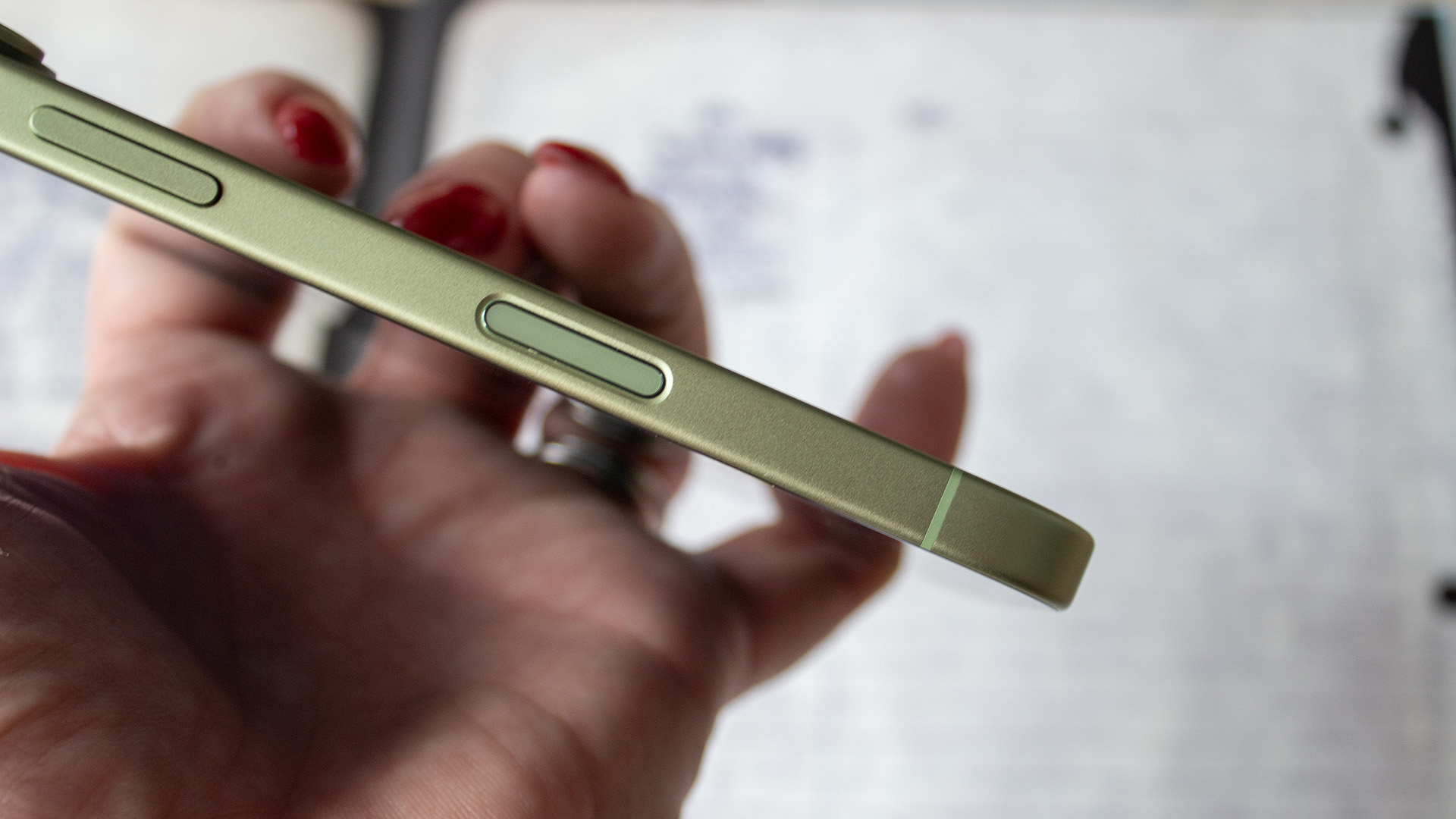
Brightness jumps to 3,000 nits at peak, and it’s also protected by the new Ceramic Shield gen 2 composite glass — 4x times more crack resistant and 3x more scratch resistant than previous devices, and better at deflecting glare, too. That makes it Apple’s most durable entry-level device. The scratch and crack claims are difficult to quantify without us getting our keys out or deliberately dropping it, neither of which we are prepared to do, but we haven’t picked up any scratches or scuffs in the last month and we’ve not been using a case so we suppose that’s something.
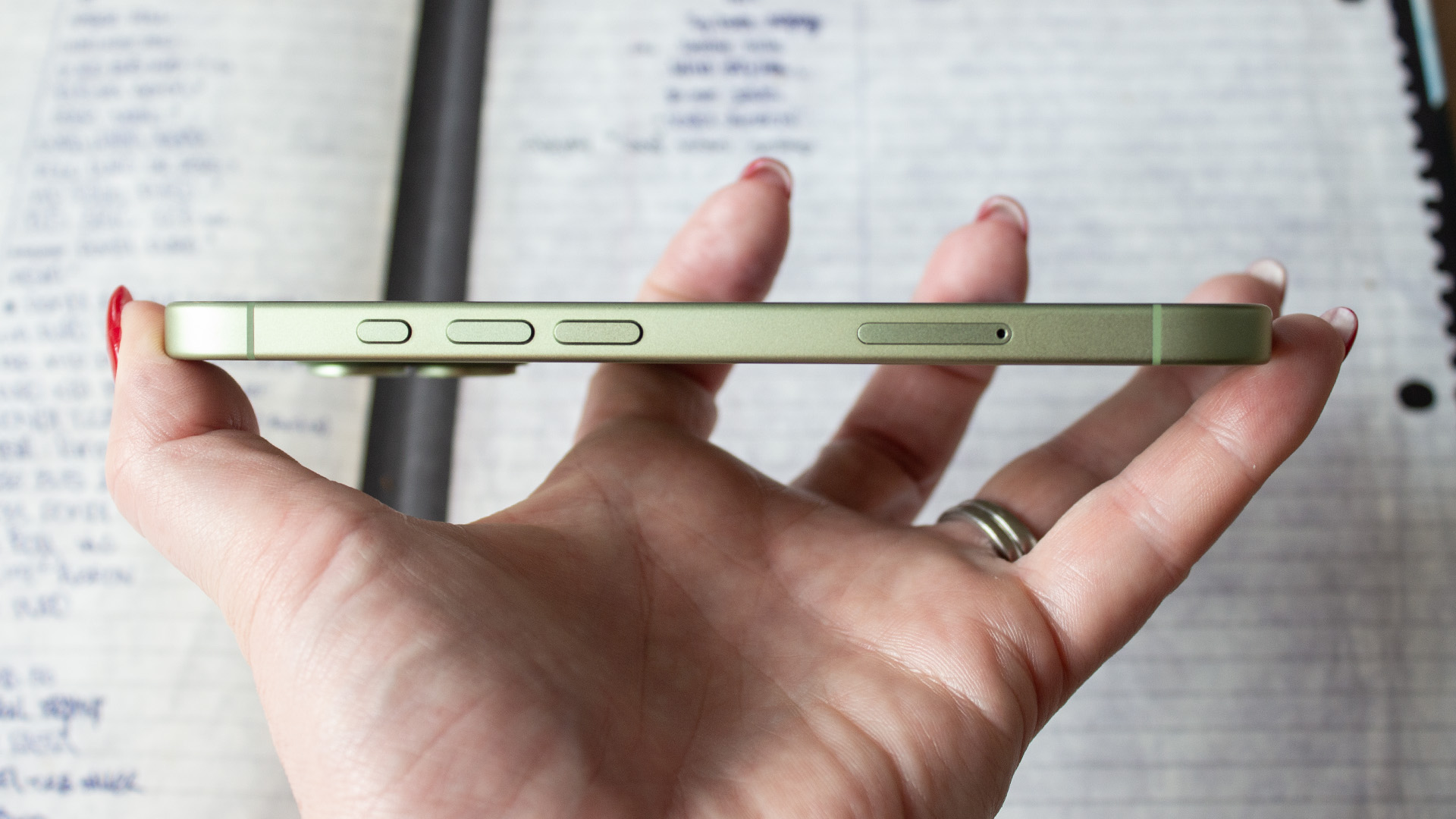
The extra brightness is noticeable on very sunny days (some of our testing was done in Hawaii so this was something we spotted quickly), with everything visible without us having to squint. Contrast is good too with deep blacks and bright whites, while colours are rich and vibrant with plenty of pop so anything you’re looking at on the iPhone 17’s display looks fantastic, from watching the latest Netflix drama to reading the news.
INTERNAL SPECS: A19 CHIP READY FOR HIGH-END GAMING AND ON-DEVICE AI
If there’s one area where the iPhone 17 reveals its entry-level standing, it’s with its chip. It gets ‘merely’ the A19 chipset, whereas the new Air, Pro and Pro Max handsets get the A19 Pro instead. But using third-generation 3nm technology, it still represents a 20% speed bump over the iPhone 16, so it is hardly to be sniffed at.
According to Apple, the 6-core CPU is 1.5x faster than the A15 Bionic chip in iPhone 13, and the 5-core GPU is more than 2x faster than A15 Bionic — the device generation that we expect most people are making the upgrade from. With neural accelerators in each GPU core, it is designed to make for a responsive experience when using the increasingly important Apple Intelligence features, and, when paired with the slick new screen, a very enticing gaming package, too.
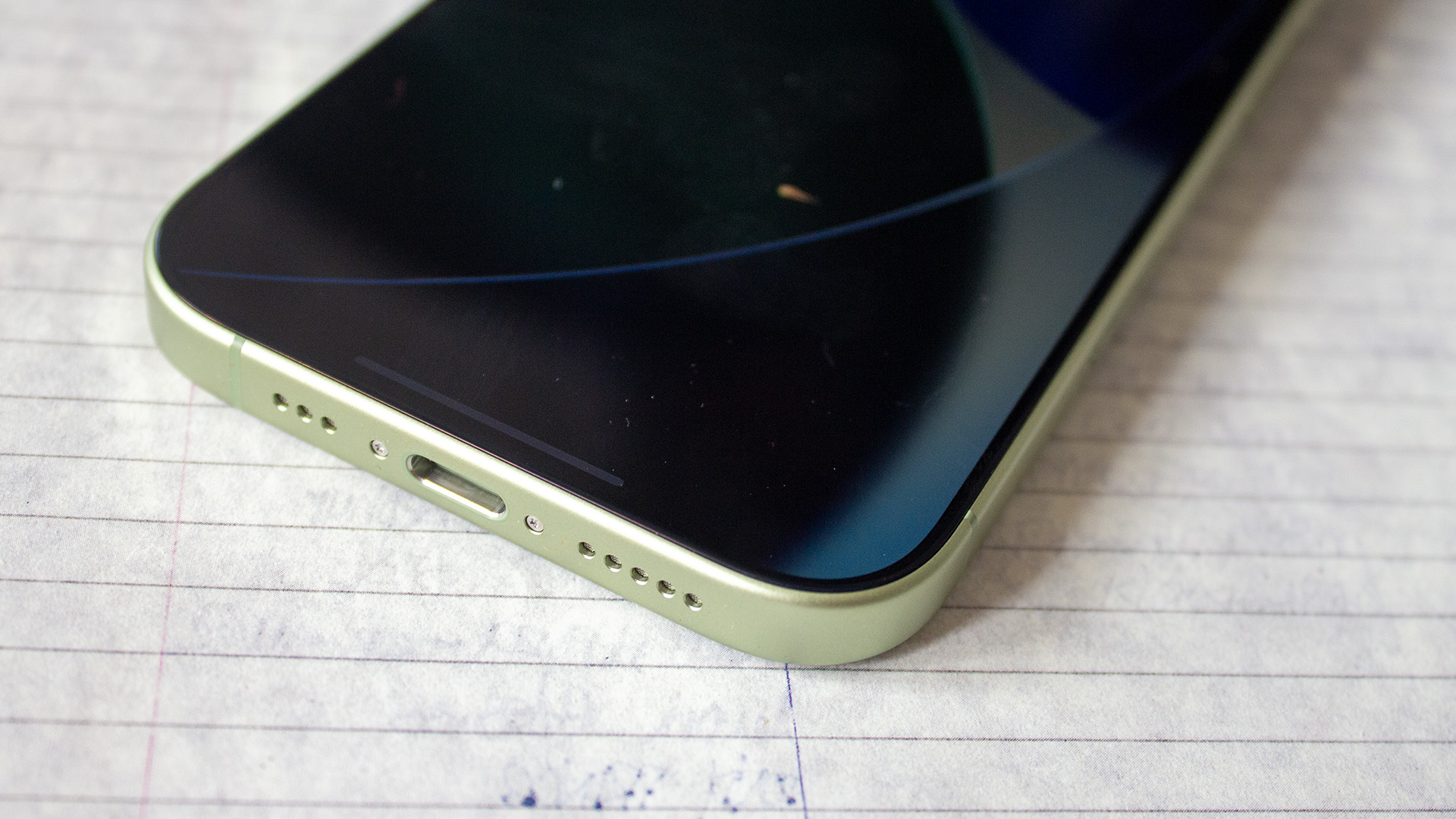
In use, we didn’t feel as though we were shortchanged on performance compared to the Pro models. Now, we will caveat that by saying we weren’t editing video or spending hours playing graphically intense games on the iPhone 17, but if those are two things you want to do on your phone, you’re probably looking at the iPhone 17 Pro instead anyway. For day-to-day use however, the iPhone 17 is more than up to the job. Everything runs quickly and efficiently, apps open without any lag and switching between tasks is as seamless as it is on the iPhone 17 Pro models.
Apple Intelligence features, meanwhile, are also no drama for this regular lad. It’s tricky to say whether there were any immediate differences in speed compared to the iPhone 16 as to be honest, last year’s iPhone is still more than capable, but we didn’t have any FOMO when using the iPhone 17 compared to the iPhone 17 Pro, despite it not offering that ‘Pro’ chip.
CAMERAS: A SELFIE-SHOOTING STAR
If you’re regularly shooting glamorous selfies with your iPhone (and, chances are, you are given Apple says that 500 billion selfies were shot with its cameras last year), the iPhone 17’s upgraded front-facing camera may be reason alone for you to pick it up. We can’t lie, it’s hands down one of our favourite features and some of the selfies we took with it were probably our best yet (if we do say so ourselves).
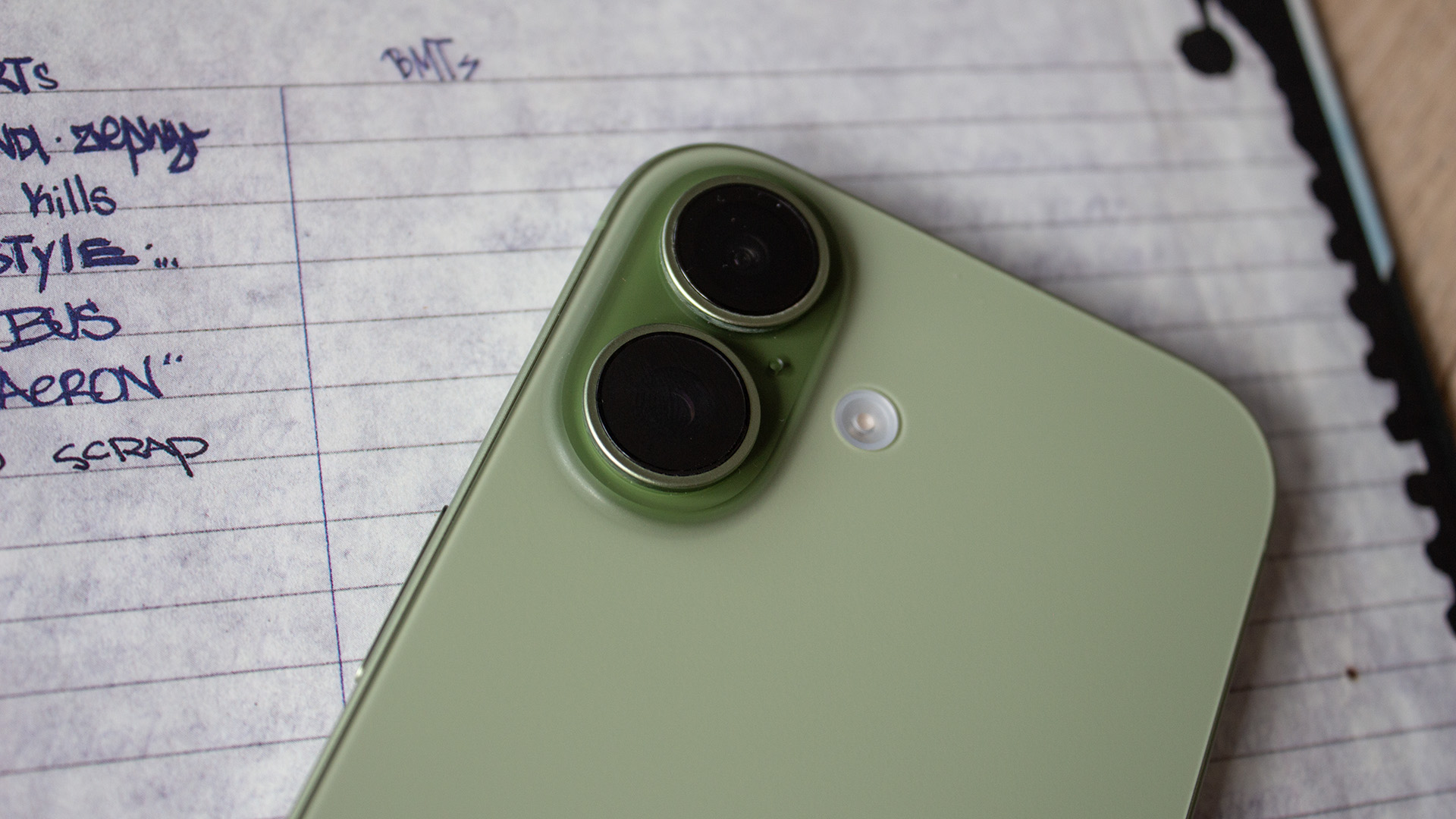
The front camera has been upgraded to what Apple calls its ‘Center Stage’ camera — taking a cue from the cameras found in its most recent Macs and iPads. Making use of an all-new square sensor capable of shooting high-detail, wider-field of view 18MP snaps, it allows you to switch between portrait and landscape selfies by tapping the toggles on the screen rather than rotating your phone. It's really useful and it means you don’t get any weird side-eye in your selfies with everyone looking the right way instead.
Apple’s AI contextual capabilities are also on board, enabling it to automatically crop or expand the field of view in a selfie based on what’s in frame. So if a bunch of your pals jump in to photo bomb you, it’ll automatically accommodate this switching between portrait and landscape accordingly, while also following you around when you’re on video calls to keep you centre stage in the picture, as the name suggests.
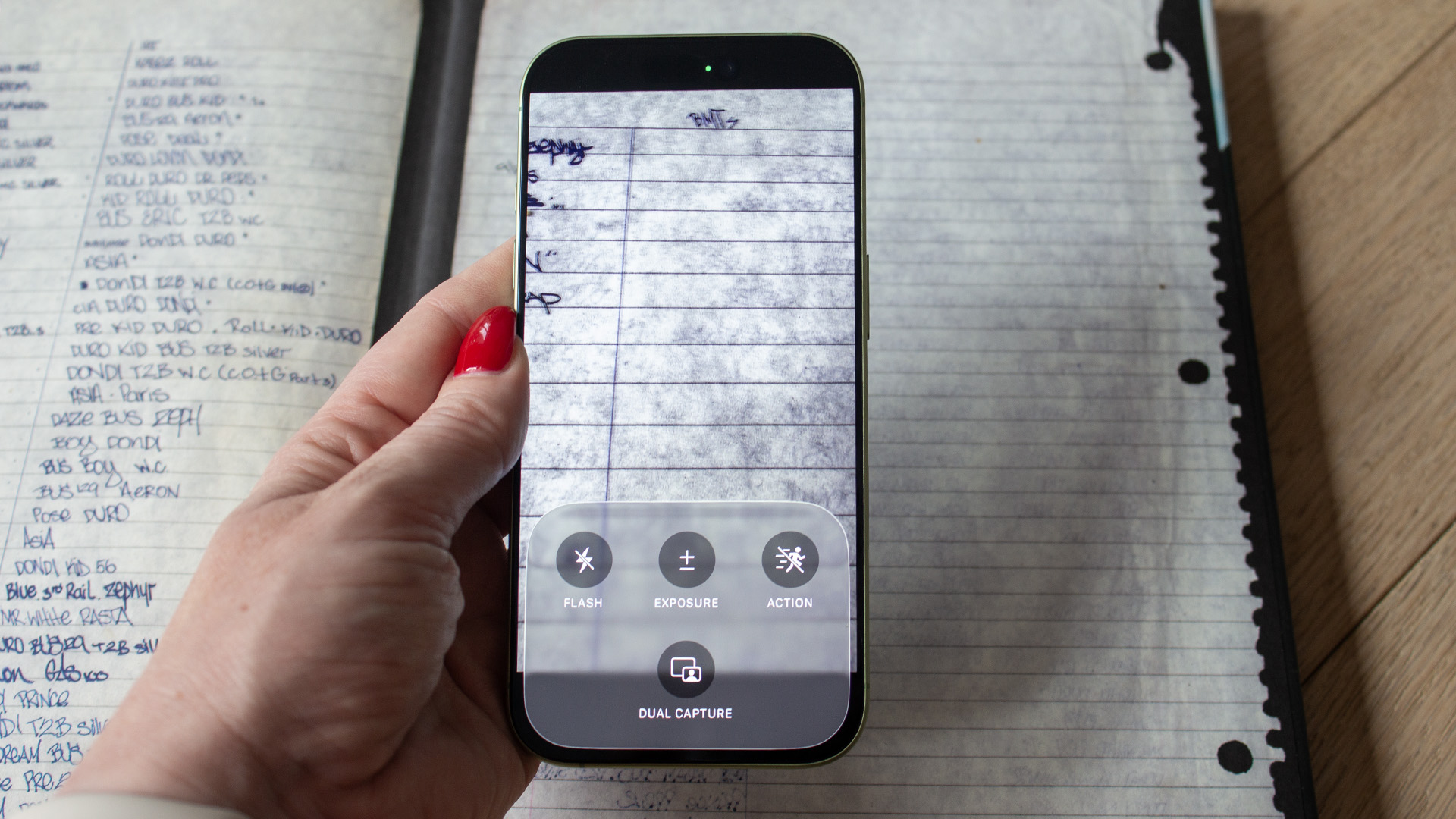
Around the rear, Apple’s pushed both lenses to 48MP. The main 48MP ‘Fusion’ camera shoots bold and detailed shots, with its combined 2x Telephoto mode letting you get closer to the action. The secondary 48MP Fusion Ultra Wide camera captures up to 4x the resolution compared to the last generation of iPhone, letting you get more detail out of expansive landscape shots or super-close-up macro shots.
Results from both lenses are excellent with great colour accuracy and consistency from both. Landscape shots were lovely, with good detail and good colour representation, even when it had to deal with half blue sky and half stormy sky (British weather, honestly). We’d rather Apple didn’t insist on using the ultra wide sensor for Macro shots as this creates some jumping around when you get close to a subject but it’s difficult to complain too much as close ups of flowers and the apples on our tree were still great. The main camera, meanwhile, gave us some lovely shots of our dog and kids, as well as the gorgeous Autumn trees, and that applied in good lighting and low lighting. They were without us trying very hard at all too. It’s a point and shoot approach, as it always has been, and it’s hard to take a bad photo with the iPhone 17.
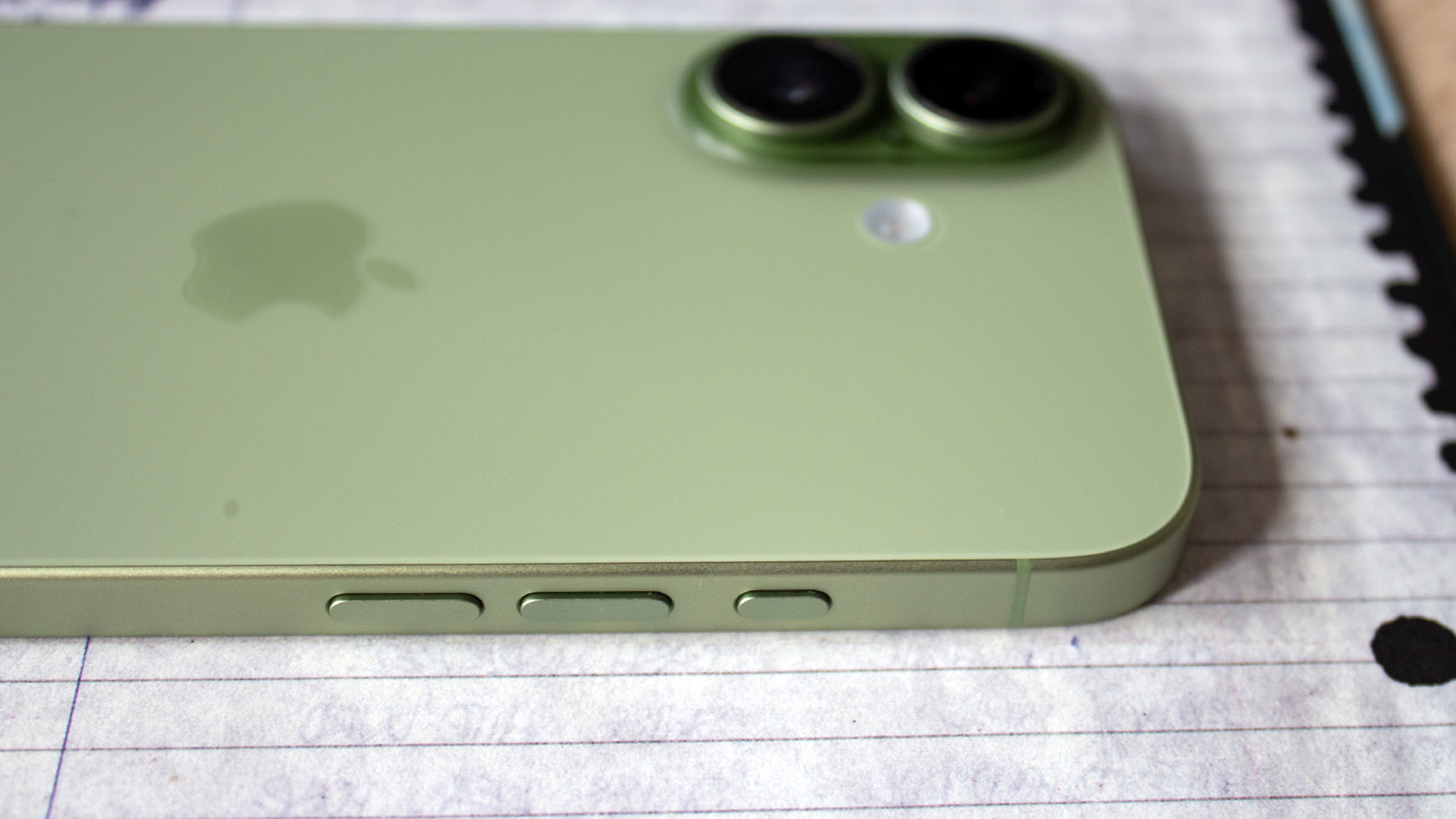
As well as shooting in 4K and Dolby Vision HDR for video, the two cameras can be used in tandem for a new ‘Dual Capture’ mode, recording video from both lenses at once, and including both video feeds in a single clip.
That way, you can capture what you see and your reaction to it in a single video without needing to stitch the two views together, which we found to be handy for sports events and concerts. All in, the iPhone 17 is a great device for capturing content of all kinds, and not a giant step down from the top tier end of the iPhone range. You don’t get optical zoom passed 2x but otherwise, the package on offer here is excellent.
BATTERY AND STORAGE: FASTER, BIGGER, BETTER
Going back to the A19 chip, it’s not only powering all that AI and gaming action, but is doing a great job at eking out more battery performance than ever before on the regular iPhone, too. Apple claims it’ll give you an additional eight hours of video playback per charge compared to iPhone 16 — good for 30 hours of playback in total.
In real-world use, we found that we had no problem getting through the day and evening on a single charge. Taking the iPhone 17 off charge at 6AM and putting it back on charge around 11PM saw us finish our days between 30% and 40%, depending on what we had been doing.
The bump in capacity is aided by a new AI-boosted Adaptive Power Mode in the iOS 26 underlying OS, which learns when you’re pushing your battery the hardest and adapts its draw to accommodate it. The result is a decent battery experience on the whole with minimal battery anxiety.
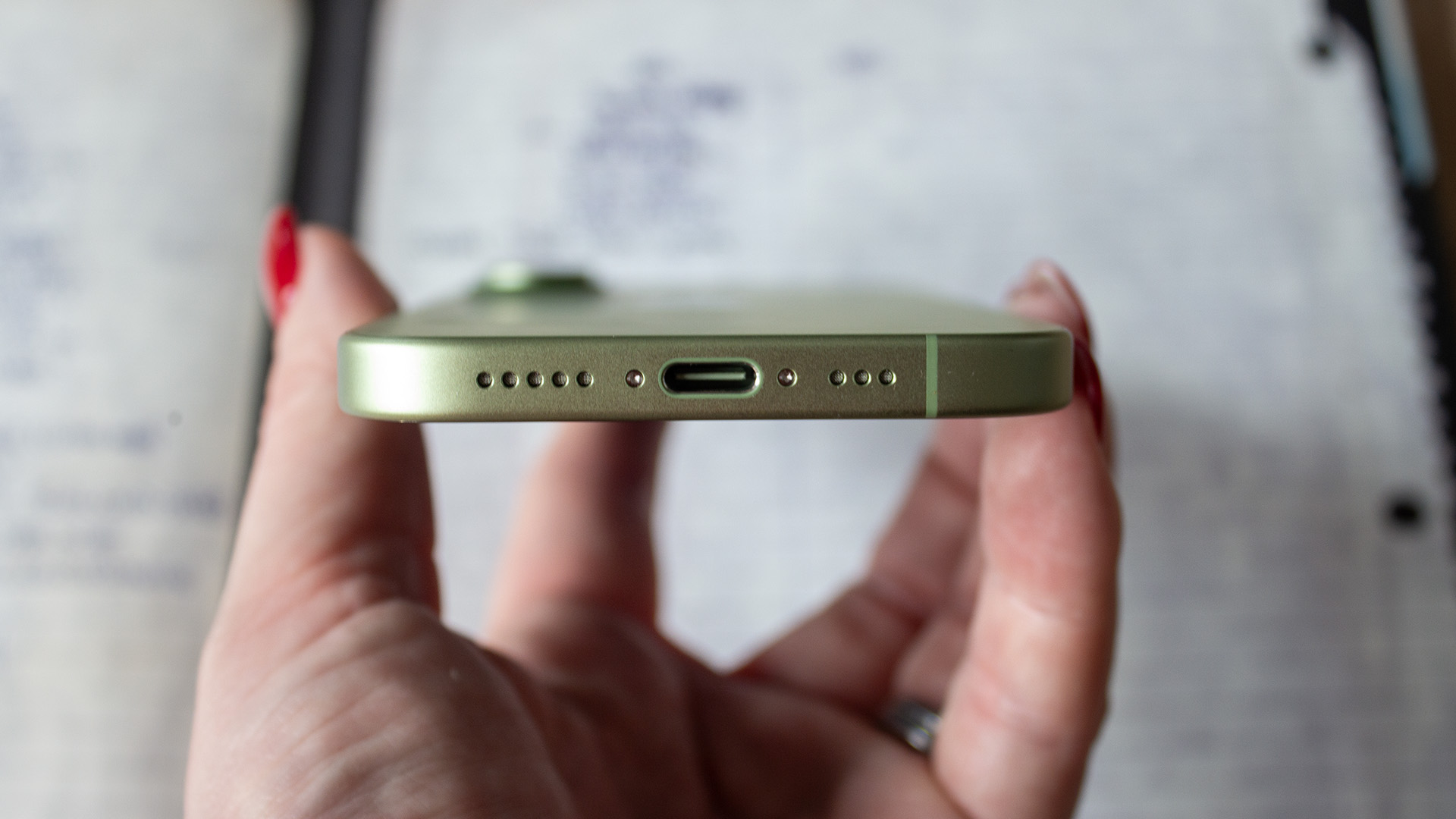
In terms of charging, a new fast charging mode will get you to 50% of a full charge with just 20 minutes connected to a wall when using a compatible fast-charging wall adapter, though do keep in mind one of these doesn’t come in the box anymore (that’s been the case for several years) so you’ll need to source your own. If you want to take advantage of those speeds, make sure you get yourself a 40W adapter or higher.
In terms of storage, if you’ve felt Apple’s been a bit stingy with its options on the regular model in the past, it’s been a bit more generous with the iPhone 17. It now comes with 256GB onboard storage as standard, which is double what was offered on the iPhone 16, though it only goes up to 512GB rather than 1TB or even 2TB if you buy the iPhone 17 Pro Max.
iOS 26: NEW DESIGN, NEW FEATURES
The iPhone 17 comes with iOS 26 out of the box, which features a new design that Apple calls Liquid Glass. It was created to mimic layers of glass and it results in more translucent menus and controls that are overlaid across content on your screen, while interaction is more fluid – a little like running a magnifying glass over text.
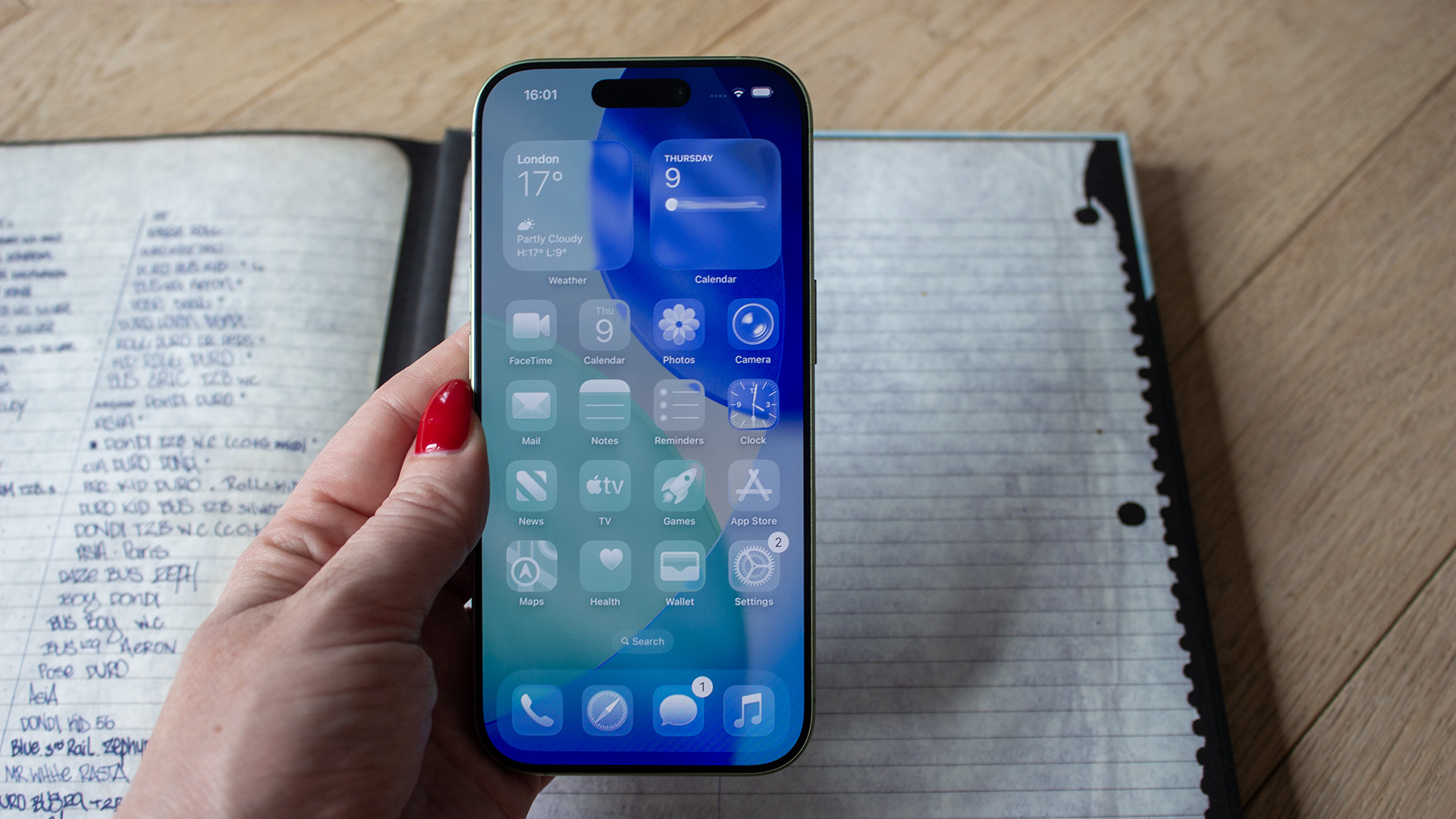
Design aside – which some will like and others may not – there are a few improvements that come with the software that make for a more seamless user interface. The camera app has been considerably simplified with the more advanced functions outside of photo and video sitting within a grid menu in the top right corner. The phone app has also been redesigned and while it takes a little time to get used to, it does put everything on one screen.
One of our favourite new features of iOS 26 however, is the ability to change the snooze duration of our morning alarm. Nine minutes was just random – who even came up with that number? Now there’s the option to change it between 1 minute and 15 minutes, which is much more flexible for those of us who like to hit snooze three times in the morning and don’t have 27 minutes to do that. There are other changes too of course, but do you even need to read past being able to change the snooze duration?
FINAL VERDICT: THE BEST IPHONE TO BUY THIS YEAR
The Apple iPhone 17 might not have been the iPhone in the spotlight this year – the iPhone Air and its skinny frame definitely stole the show (and for good reason), followed closely by the iPhone 17 Pro models and their bold new design. But the iPhone 17 is the model you should be paying attention to and the one most should buy.
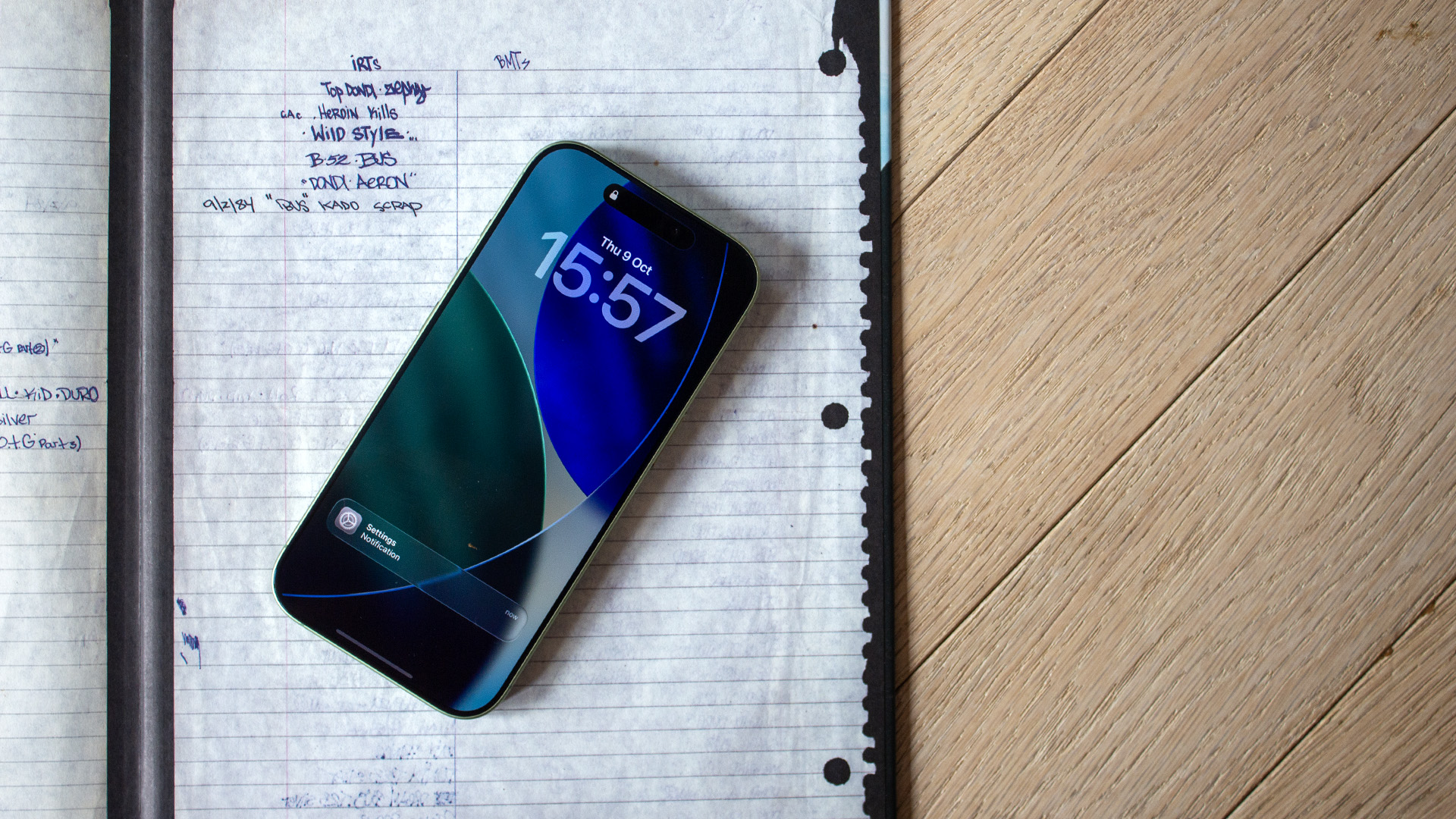
You don’t get the super slim build of the iPhone Air or the impressive zoom options and pure raw performance of the iPhone 17 Pro, but you get an excellent phone with a superbly smooth display, fantastic front and rear camera experience and great everyday performance.
Coupled with its solid battery life, compact and simple design (which some may prefer over the Pro), and £799 starting price that offers double the storage of last year, it’s impossible not to recommend this phone. We love an underdog and the iPhone 17 is exactly that in the latest iPhone line up, making the most compelling case for the regular iPhone in years. Don’t ignore it, it’s brilliant.

Britta O'Boyle has been a technology journalist for over 10 years, covering everything from smartphones to the smart home, with plenty in between including wearables and beauty tech.
- Gerald LynchEditor-in-Chief
You must confirm your public display name before commenting
Please logout and then login again, you will then be prompted to enter your display name.